#martian landscape
Explore tagged Tumblr posts
Text
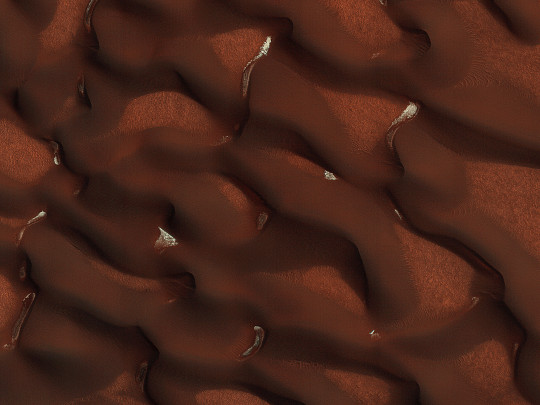
fresh ice on Mars dunes. photo from the Mars Reconnaissance Orbiter, from NASA
#NASA#Mars#space#astronomy#dunes#ice#winter#martians#martian landscape#ice dunes#nature#natura#Marte#astronomia
25 notes
·
View notes
Video
youtube
DOOM 2016 - Game World Ambience - The Winds of Mars
Step onto the surface of Mars in DOOM (2016), where the relentless howling winds sweep across the desolate red planet. 🌌🔫
Feel the intense atmosphere of this hostile world, as the wind roars through the barren Martian landscape. Whether you're preparing to face the hordes of demons, seeking an adrenaline-fueled focus, or just immersing yourself in the haunting, otherworldly ambience, DOOM (2016) brings you to the edge of survival in a distant, savage environment.
For other game world ambience videos check out this playlist https://www.youtube.com/playlist?list=PLFJOZYl1h1CFo5LyAEvdIcP4syymQaI50
#youtube#doom#doom 2016#mars#martian landscape#wind#game world ambience#ambience#gaming#2010s games#2010s gaming#video games#sound design#id software
0 notes
Text

56 notes
·
View notes
Text
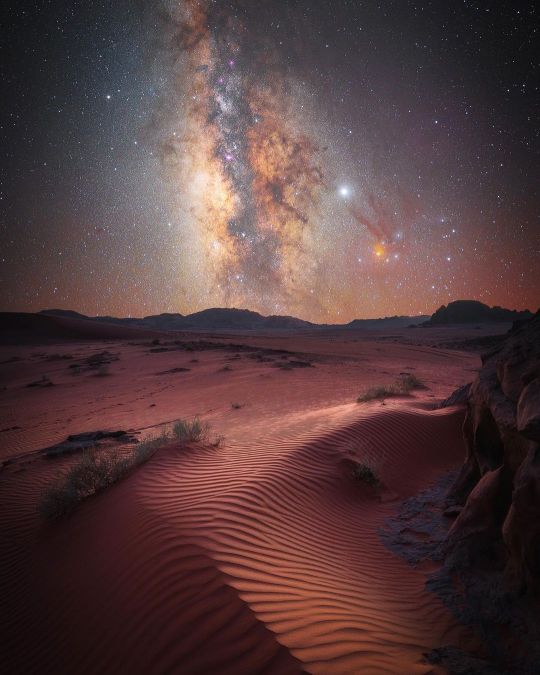
One of the 7 Wonders of the World "Petra" or the Martian Desert Camp in Wadi Rum gives you an out of your mind experience during the night
#beautiful sky#starry night#sand dunes#amazing views#petra#martian desert camp#wadi rum#jordan#beautiful nature#travel photography#amazing nature#travel#nature#travel destinations#landscape#landscape photography#galaxy#7 wonders
71 notes
·
View notes
Text
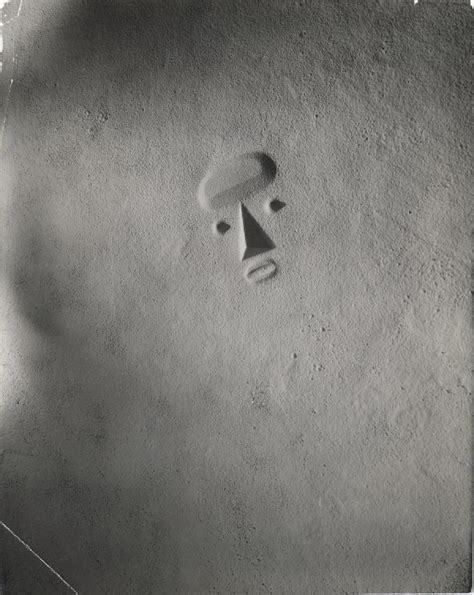
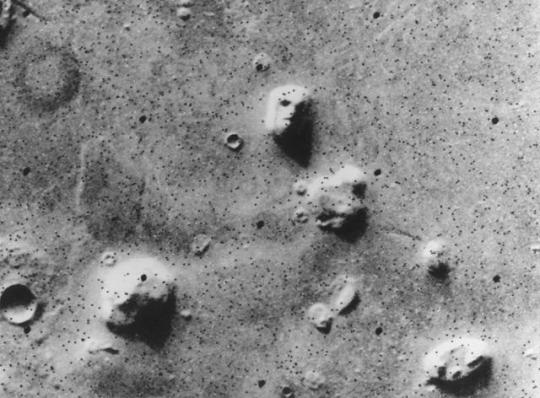
Sculpture to Be Seen From Mars, 1947
A ten-mile-long earthwork depicting an abstract human face, Noguchi’s Sculpture to Be Seen From Mars was, as the artist himself once put it, “a requiem for all of us who live with the atomic bomb” and alternatively “a flight of the imagination.” Prompted by the World War II atomic bombings of Hiroshima and Nagasaki, which horrified Noguchi—“he often spoke of his fear of atomic annihilation,” Hayden Herrera writes in Listening to Stone—he began thinking about end-of-mankind scenarios. “It was in 1945, wasn’t it, when we dropped the atomic bomb?” Noguchi once reflected. “All of us were concerned about our place on earth, and that it might be rather precarious.”
For Noguchi, the monumental work was intended to be “an eternal reminder to the rest of the solar system that the planet earth, seemingly bent on self-destruction, once had its civilizations,” writes Friedman in the Imaginary Landscapes catalogue, hailing it as the artist’s “most impressive memorial to the futility of war.” The work, as Friedman points out, was also Noguchi’s way of showing his respect and reverence for ancient and indigenous monumental forms, such as the pre-Columbian geometric earthworks in the Andes. “‘Earth sculpture’ is nothing new,” Noguchi said. “It’s just a new name for an old thing.”
The earthwork also connected to Noguchi’s ongoing interest in outer space and the cosmos. When the art critic Lucy Lippard asked Noguchi to use a photograph of the project in her 1983 book Overlay, paralleling contemporary art with prehistoric sites and symbols, Noguchi replied, “I recently saw a reproduction of a face which was found in the landscape of Mars taken by the Viking Satellite. I think it would be very appropriate to show this version along with mine. I have written to the Mars Research Laboratory asking for this image and will send it to you if you are interested.” The connection of rocks across the universe was not lost on the artist. “Ultimately,” Noguchi told Calvin Tomkins in The New Yorker in 1980, “I like to think that when you get to the furthest point of technology, when you get to outer space, what do you find to bring back? Rocks!”
An incredibly moving, visionary concept that, as Friedman notes, in many ways preceded the land art and conceptual art movements that would emerge and flourish in the second half of the twentieth century, Noguchi’s memorial to mankind was intended for “some desert, some unwanted area.” It was, as the artist put it, “a sculpture just to be seen from the air so that, when you come to a landing, you will see the sculpture there.” That Noguchi was concurrently working on the Jefferson National Expansion Memorial suggests he was balancing both a belief in America’s future technological prospects and an acknowledgment of the bleak potential for mankind to destroy the planet and itself. Sculpture to Be Seen From Mars is today only memorialized in a single photograph of a model Noguchi had formed out of sand.
#Sculpture to Be Seen From Mas#Isamu Noguchi#40s#earthwork#land art#monument#landscape#sculpture#mars#atomic bomb#hiroshima#war trauma#my upl#it reminds me of The Martian Chronicles so much...
9 notes
·
View notes
Text
Who would’ve thought a Furry Event is how we get good Jason Todd writing??
#days speaks#jason todd#like the author gets it Jason is haunted about coming back not his death#and it connects to how he’s just kinda aimless right now in the hero landscape and he’s again become disillusioned but now with his own#ideology and methods#or at the very least has questioned them#As Jason said he was nothing left but time I wonder how he’ll use it and what he’ll become from that#I don’t think this will connect to his new series but I hope it does#I hope Felker-Martian gets another shot at writing Jason her take is so refreshing
18 notes
·
View notes
Text

3 notes
·
View notes
Text
No one would have believed...
…that I could make more of this crap.
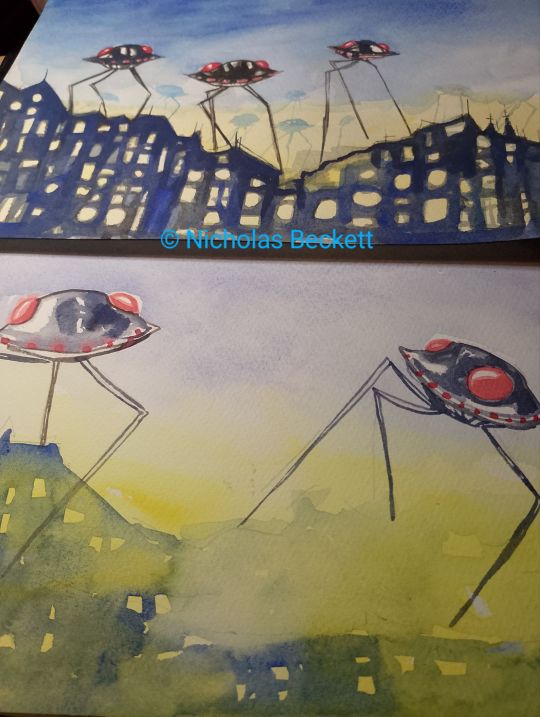
View On WordPress
10 notes
·
View notes
Text
The mortifying ordeal of choosing a new pfp
#i like my current one BUT#i recently downloaded a lot of seb pics#so i changed my insta pfp and the pic i chose is soooooooo good so now i wanna change this one#idk yet if ill swap my insta one to here and pick a new one for insta#or if ill keep the insta one the same and change mine on here to smth else#lots of cute seb pics and i cant *not* yknow????#also changed all my backgrounds#so now i want to change my header too#i guess i start to feel claustrophobic if i dont change everything every once in a while#like i love the monaco 2011 gif but i just saved so many nice landscape sebson and martian pics#the one i chose for my chrome background...my god....the brainrot is severe i was squealing so hard over it#i like how like half my bkgs now are just brazil 2010 bcs that race is soooooooo beautiful with all the confetti#anyways new me in a bit probably i just need to think about it#catie.rambling.txt
12 notes
·
View notes
Text
The fact that NASA hasn’t named any of the Mars related robots “Marvin” just seems like an over site. Come on, space nerds, you can do better than that!
2 notes
·
View notes
Text
I just got an email from my boss telling me to choose a movie poster to hang in the AV area (because everyone in the department gets one I guess???) This job is nuts
#im thinking... an american werewolf in london fhdhDNDN#id do the martian but that poster is just matt damon's face as huge as is possible#(instead of what it SHOULD be: a martian landscape with a little distant lonely astronaut)
6 notes
·
View notes
Text
THE RED PLANET

Just got back from a road trip, and we listened to "The Martian" audiobook on the drive home. So when it was time to wake up the compy from its two week nap with some hard Blendering, I may have been a little bit inspired.
Also, like that Mustafar render I did a while back, this one is another remake of a super old Terragen project. (By "super old" I mean circa 2005.)

Honestly? This old one still holds up pretty nicely! Definitely the best render 14-year-old Leko ever got out of playing around with Terragen.
#3d model#3d render#blender#cycles#terragen#mars#martian#space#space art#landscape#mountain#desert#animation#remake#blender3d
4 notes
·
View notes
Text
A Spooky Soliday: Haunting Whispers from the Martian Landscape
The Perseverance rover lurks in the quiet, cold, desolate landscape of Jezero crater on Mars, a place masked in shadows and haunted by past mysteries. Built to endure the planet’s harsh conditions, Perseverance braves the thin atmosphere and extreme temperature swings. Its microphone captures the eerie whispers of martian winds, sending shivers down your spine, […] from NASA https://ift.tt/8UBECgk
0 notes
Text
it just hit me that all the “we’ll have people on Mars by the 2030’s!” means it’ll be gen Z on Mars. as much as I wanna believe all the Mars stuff is like 60% empty promises, i can’t not love the idea of people of our generation having boots dusted in Martian soil. just sounds rad
1 note
·
View note
Photo

Dunas de Yeso in Cuatrociénegas, Mexico Nestled in the Cuatrociénegas Reserve, desert winds slowly form these majestic, white dunes, known as Dunas de Yeso. The dunes are the second largest gypsum dunes in North America. The sand that forms the dunes dates back to the Cretaceous Era, when this area was once at the bottom of a seabed. The six rocky mountain ranges that surround the desert valley are full of gypsum. When it rains, rainwater carries gypsum deposits from the surface of the mountains to the aquifers (underground porous rock) that, through springs, feed the area’s pools. When these shallow pools evaporate, the gypsum is exposed. These gypsum deposits then slowly erode into fine sand crystals that are swept up by the wind to form the dunes. You can see similar expanses of gypsum at White Sands National Park in New Mexico. The winds here constantly change the desert landscape. Walking through these dunes is like a journey back in time to when this desert was a seabed teeming with life from the Cretaceous. The sand’s pure gypsum content makes the sand very white, which shines in the sunlight making for glorious sunsets. https://www.atlasobscura.com/places/dunas-de-yeso-gypsum-dunes
0 notes
Text

Hello there 👋
Welcome back to Mindful Mondays! ��
Mondays are, famously, most people’s seventh favorite day of the week. And Mondays where everything is darker, longer, and colder than normal? Thanks, but no thanks.
But don’t panic; we’ve got something to help. It might be small, but it can make a big difference. Just ten minutes of mindfulness can go a long way, and taking some time out to sit down, slow down, and breathe can help center your thoughts and balance your mood. Sometimes, the best things in life really are free.
This year, we have teamed up with the good folks at @nasa. They want you to tune in and space out to relaxing music and ultra-high-definition visuals of the cosmos—from the surface of Mars.
Sounds good, right? Well, it gets better. Watch more Space Out episodes on NASA+, a new no-cost, ad-free streaming service.
Why not give it a try? Just a few minutes this Monday morning can make all the difference, and we are bringing mindfulness straight to you.
🧘WATCH: Space Out with NASA: Martian Landscapes, 11/27 at 1pm EST🧘
#holidayblueswithtumblr#mental health#self care#holiday blues with tumblr#spaceoutwithnasa#space out with nasa#nasa x tumblr#mindfulmonday#mindful monday#mindfulness#holiday blues#holiday blues with tumblr 2023
2K notes
·
View notes